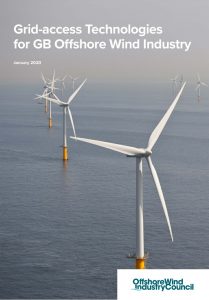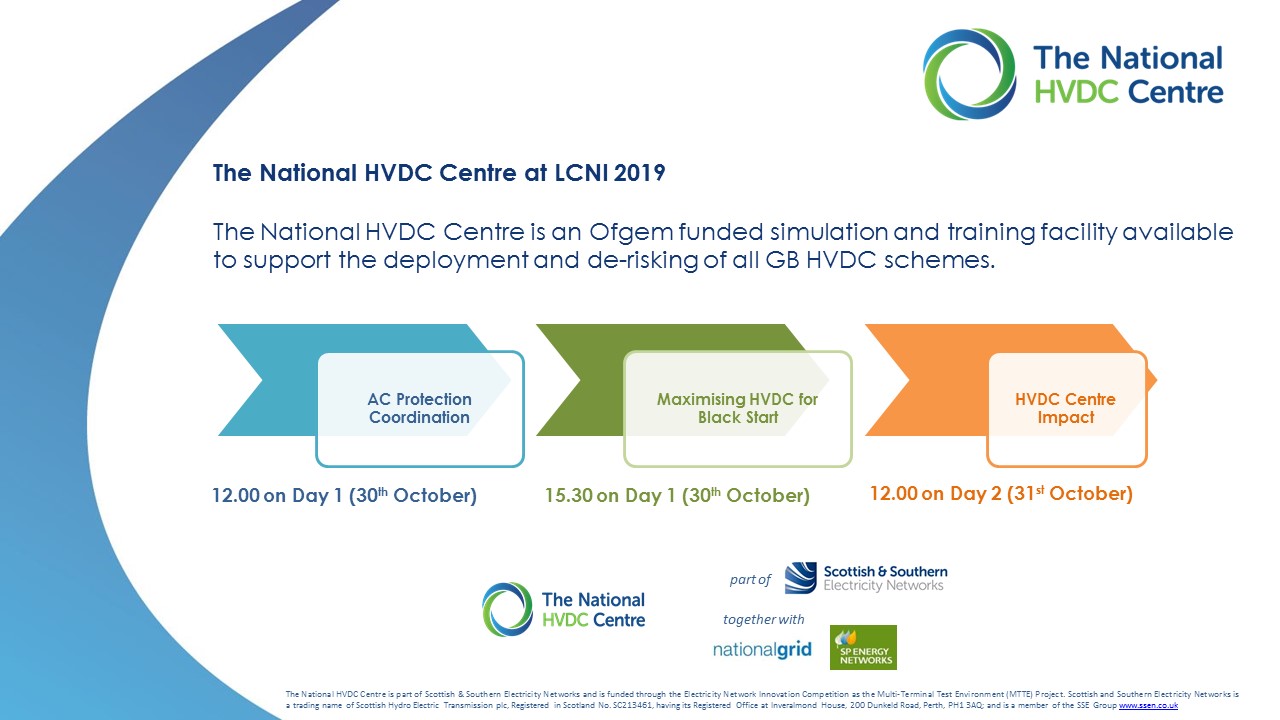Practical Use of Real Time Simulation for De-risking HVDC Integration
Library
The National HVDC Centre leads publication of technology report for the Future Transmission Group of the Offshore Wind Industry Council (OWIC). Click here to read the full report published in January 2020.
Executive Summary
The UK Government has set an ambitious target to reduce all greenhouse gas emissions to net zero by 2050. This would require large-scale integration of up to 75GW offshore wind capacity into the GB electricity system, up from 8GW in 2018, according to the Committee on Climate Change. The coordinated development of future offshore electricity transmission infrastructure is essential to achieve the levels of deployment required.
With government’s commitment to a strategic target (of 40GW of offshore wind by 2030), the Offshore Wind Industry Council (OWIC) wanted to investigate how the future offshore electricity transmission system should develop to realise the full potential of GB’s offshore wind resource.
In response to this, the OWIC formed a Future Offshore Transmission group comprising a Technical Solutions work stream led by The National HVDC Centre in collaboration with three offshore windfarm developers (EDPR, Scottish Power Renewables and Vattenfall) and the Offshore Renewable Energy (ORE) Catapult. The technical solution work stream led a review into Grid-access Technologies for the GB Offshore Wind Industry.
This report, by the Technical Solutions work stream identifies the following issues to be analysed:
- Integrated electricity transmission planning – coordinated planning can facilitate economic and efficient development of future offshore and onshore transmission networks, based on High Voltage -Alternating Current (HVAC) or Direct Current (HVDC) technologies;
- Key enabling infrastructures – shared transmission assets such as coastal HVAC grid hubs; offshore HVDC hubs; and demonstration and innovation hubs, would be required to realise the full potential of GB’s offshore wind resource; and
- Design authority and system operator – there is a need to plan appropriate enabling infrastructures and funding of the future offshore transmission systems.
The full report publish in January 2020 is available at: https://www.hvdccentre.com/wp-content/uploads/2020/01/Grid-Access-Technologies_V3.pdf.
Authors: Deyang Guo; M. H. Rahman; G. P. Adam; Lie Xu; Abdullah Emhemed; Graeme Burt; Yash Audichya
This paper presents a detailed study of DC grid operation using a range of user-defined offline and real-time HVDC converter models which were rigorously validated against offline and real-time benchmarks. Provided that these models are destined for use in real-time hardware in the loop simulation and a wide range of offline system studies, this paper assesses their suitability for studying complex DC grids that consist of multiple voltage source converters which differ in their control range and fault ride-through capabilities. Detailed quantitative studies show that the offline and real-time DC grid models produce well matched results and provide efficient approaches to investigate DC grid operation during normal condition and AC and DC faults.
Published in: 15th IET International Conference on AC and DC Power Transmission (ACDC 2019)
Supported by the HVDC Centre as part of project: Developing Open-Source Converter Models
To view the paper please select one of the following links
A pack containing case studies of the Centre’s work, including:
- Caithness-Moray
- Black Starts
- Stability Pathfinder
- PROMOTioN
Leandro Vacira, Product Manager for HVDC Control Systems from GE, presentation: ‘GE’s eLumina ™ HVDC Control System’
Highlights include:
- Project PROMOtiON update
- The Centre’s work on
- NSL projects
- Stability Pathfinder and,
- Blackstarts
- New joiner announcement
Please find available for download the Agenda for day 1.



